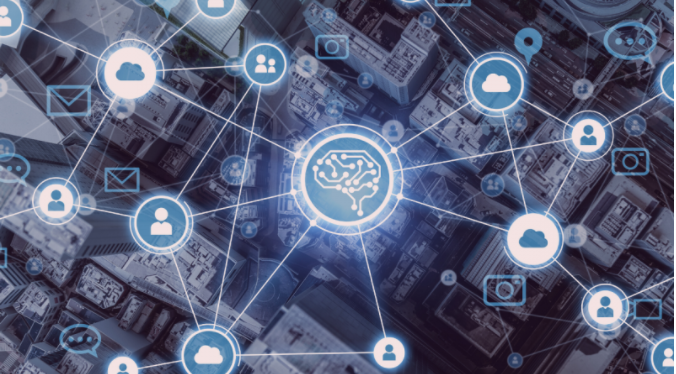Over the past few years, retailers, grocers, restaurateurs, and other businesses have been asking themselves what the shift from brick and mortar to online means for them. Although Canada hasn’t seen the same shift from brick and mortar stores to online compared to our neighbours south of the boarder, businesses have been adapting elements of the online experience to encourage customers to continue to visit them and to add value to the in-person experience, including increased levels of personal service.
We all know the coronavirus has affected the way every trend will play out for the foreseeable future, especially for offline retail and restaurants who have been hit particularly hard. This has led to widespread job losses, national and local famous names disappearing from shopping centers and streets around the world. At the same time, in this time of uncertainty, businesses of all sizes are working to adapt quickly to a changing economy leading to online sales booming more quickly than ever before as consumers choose to remain safely indoors, and home delivery infrastructure becomes increasingly sophisticated.
As the pandemic and other factors continue to change the brick and mortar world there are ways businesses can take advantage of trends and insights to influence customer habits and build an ecosystem of customer value in a new way.
Know what your customers are doing outside of your “doors”: Offline is online, online is offline, and…
This is a big one that actually involves the coming together of several different trends, including AI, IoT, movement science (think IP Location Data, cellular networks, Google Maps etc.) and other data sources like social media.
For years big brands have been connecting technologies to bring the convenience of online shopping to offline shops and stores, and the richly interactive environment of offline shopping to the world of e-commerce. While the general trend has seen offline retailers moving into online by establishing e-commerce divisions of their businesses, more lately, we have seen online retailers developing a bricks ‘n’ mortar presence. We have seen the same shift in restaurants and other businesses as people opt for convenience and at home experiences.
Any size business can learn from the online to offline approach, and COVID has forced most businesses to do so. However, at their most sophisticated, they are using the data to drive experiences to and from owned, earned and paid channels based on the consumer they understand within their physical and digital “doors”.
AI-driven big data has been maturing for some years now, with major brands relying on advanced analytics to understand what products they should focus on to maximize sales and drive efficiencies in their operations.
What if the digital flywheel was extend beyond what is working today to leverage the convergence of data to understand what your customers are doing beyond your physical and virtual walls? And why does it matter?
With so many of us stuck at home and businesses unable to find new customers by enticing us to walk into their places of business, more resources will be focused on growing customer numbers. Data could be used to work out where their best customers are likely to be spending their time then building marketing plans, creating products, assigning advertising budgets and developing strategic partnerships accordingly. As you understand what a customer does before or after they visit you, more ways could be created to bring value to your customer.
A new level of personalization at scale
The exciting promise of personalization may not fully be here yet (at least not at scale), but it’s not far off and there is a big incentive to figure it out. Brands that successfully find ways to increase personalization have shown a return of 5 to 15 percent increases in revenue and a 10-30 percent spend in marketing spend efficiency. Part of the reason personalization works is the perceived ability to understand and relate to your customer. Simply put, it builds trust.
Different providers jointly own the customer experience. A mall operator, retail store, brand product, restaurant, coffee shop, nail salon, for instance, all contribute to a person’s experience daily.
But each sees and affects only a portion of the total “purchasing” experience. Creating connections between those points represents a big opportunity in the next level of personalization, as expanding partner ecosystems allow brands to provide more seamless and consistent consumer experiences across all stages of their decision journeys.
Industries as diverse as banking, healthcare, and retail are also forging ecosystems comprising a variety of businesses from different sectors to improve customer service and expand the quality and array of solutions offered.
With personalization being an important capability for marketing, companies must invest in customer data and analytics foundations. The challenge is personalization is impossible if businesses don’t have the means to understand the needs of their customers on an ongoing basis. And, it can be expensive. It is worth businesses tapping into systems or platforms that others own to pool and analyze data, so they can identify behavioural patterns to inform sales driving approaches.
Making this technological leap forward requires businesses and technology companies to join forces.





